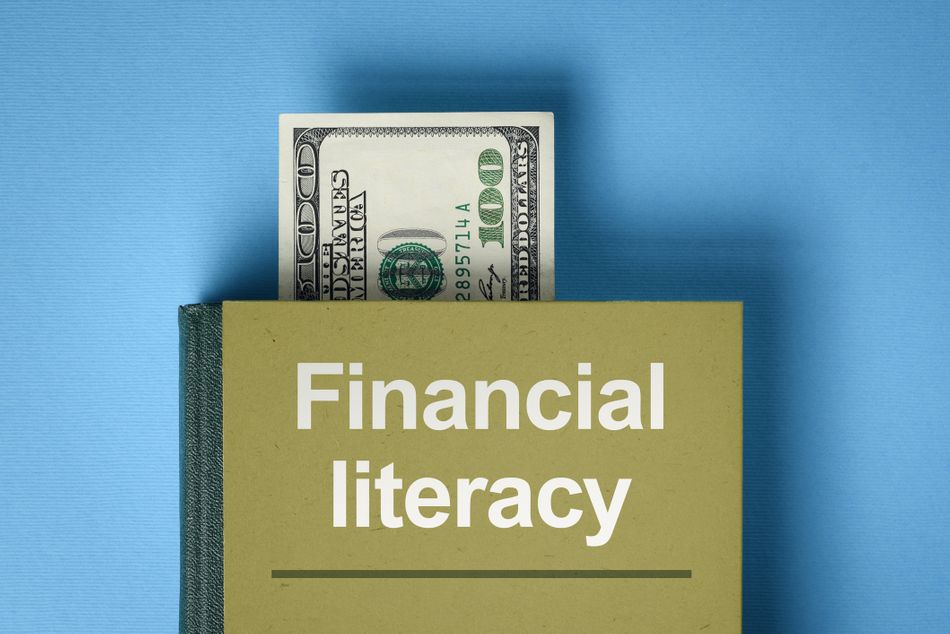7 Teachable Moments for Financial Literacy

- The average credit card rate is around 20, but a young person with no credit history will likely pay a higher rate.
- Demonstrate to your child how you pay your bills on time and there is enough money available to cover those payments.
- Walk your teen through the total cost of a mortgage and the payment terms.
For many young people, financial literacy is a slip-through-the-cracks kind of subject. It usually isn’t taught well in school, and families don’t often gather around the dinner table to discuss the distinction between a Roth and a traditional IRA. Still, basic financial literacy includes a number of life skills every parent should introduce to their children before they reach adulthood, and April — Financial Literacy Month — is a fitting time to start the process.
So, how can you make sure your child’s financial education doesn’t slip through the cracks? With a little effort, you can find a number of opportunities in everyday life to demonstrate important personal finance concepts to your children. These teachable moments for financial literacy are probably most appropriate for students around their junior or senior years of high school when many of the issues involved are about to become relevant to their lives.
Here are seven teachable moments for financial literacy.
1. Share your monthly bill-paying process
You may have everything on automatic bill-pay from your checking account, or you might still pay bills manually, but whatever your system, walk through it with your child. Demonstrate how you ensure everything gets paid on time and that there is enough money available to cover those payments. This can teach an essential household finance process and give your teenager a new-found appreciation of all the expenses that go into everyday life.
2. Show how you balance your checkbook
Whether you still use a paper checkbook or you conduct your business online, you should periodically compare your records to the bank’s and update your records to show any fees or interest you hadn’t previously entered. Explain to your teenager why this is important and what you do when there is a discrepancy. Then, let the teen try to do it the next month under your supervision.
3. Review a credit card offer that comes in the mail
As your children approach age 18, they may start receiving their own credit card offers. Sit down together with one of these offers and go through the major components — particularly the interest rate and the minimum payment terms. Explain the importance of comparing credit cards before committing. According to the Federal Reserve, today’s average credit card rate is 20.09%, but a young person with no credit history is likely to get offers with several points higher rates. Most importantly, explain that the minimum payment amount is almost meaningless — using it will prolong your debt and thus cause you to pay more interest. The real goal should be to pay off your balance every month so credit cards can be used as a cost-free cash substitute.
4. Walk through your next mortgage payment
If you have a mortgage, walk through the total cost of the loan and the payment terms, and explain whether you have been able to refinance and why. Show how a mortgage loan can make a large expense like buying a house affordable, but also emphasize that the family’s right to keep that home depends on being able to keep making the monthly payments.
5. Explain your taxes
Tax time is an excellent opportunity to explain one of the most important household financial responsibilities. Explain how you access tax forms and information, whether you use professional tax advice and why, and what records and receipts you keep to facilitate the process.
6. Detail your retirement plan
If you are in a 401(k) or similar employer-sponsored retirement plan, use the next window where you can change deferrals and allocations as an opportunity to show how you are saving for retirement. Emphasize the importance of setting aside money over a long period of time, the tax advantages involved, and what investment allocations you make within the plan and why you chose them.
7. Examine college-financing options
As the time for college nears, visit the government’s financial aid website at fafsa.gov and make your child an active participant in exploring options for paying for college. Be sure to emphasize the importance of keeping debt under control because that often becomes a burden young people struggle with for years after graduation.
Taking these moments to teach a teenager how to handle personal finances will provide an introduction to skills needed throughout adulthood and possibly something more: It just might give that teen a new respect for the care and attention you’ve put into securing your family’s financial well-being.
Frequently Asked Questions
Financial literacy refers to the knowledge and skills needed to make informed decisions about managing personal finances, such as budgeting, saving, investing, and debt management.
The 50/30/20 rule is a budgeting strategy where 50% of income goes to needs, 30% to wants, and 20% to savings and debt repayment.
The 5 key principles are budgeting, saving, investing, managing debt, and understanding financial products like credit, loans, and insurance.
The big 3 questions are: “How much money do I have?”, “How much do I owe?”, and “How can I grow my wealth?”.
 RELATED ARTICLES
RELATED ARTICLES